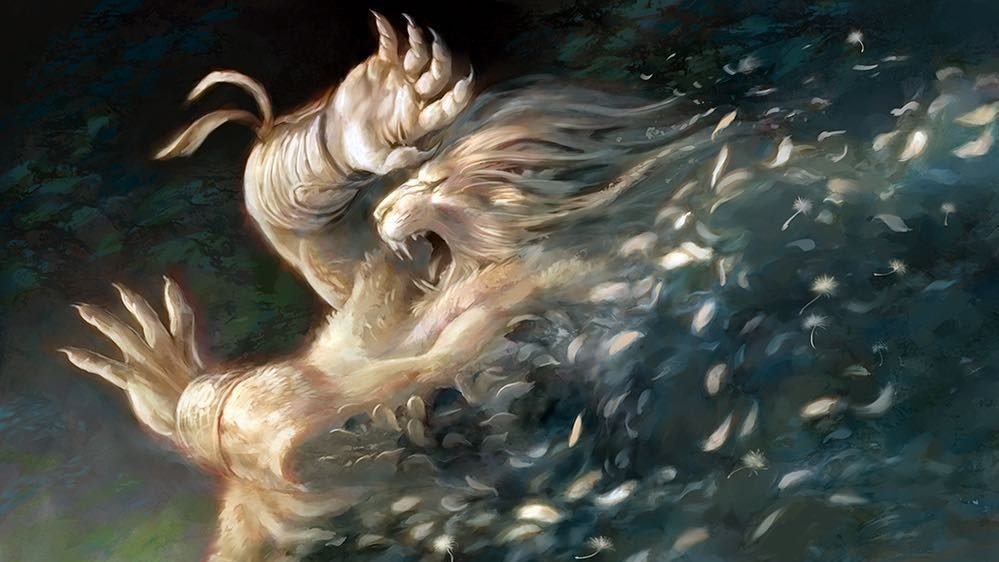
Magic: The Gathering has countless ways for creatures to leave the battlefield. Some methods are straightforward, while others feel a bit sneaky. But it’s critical to note which ones actually count as a creature dying and which ones don’t. Dying in MTG is reserved for when a creature moves from the battlefield to the graveyard. That transition triggers “death” abilities, which can swing a game if you build your deck around them. But what about exile? Should we count that as a form of death, or does exile belong in its own category?
When a creature’s journey ends with the graveyard, we say it has died. Effects such as destroying a creature, sacrificing it, or dealing lethal damage all lead to this result. If a creature’s text says, “When this creature dies, do X,” it waits for that moment: the transition from the battlefield to the graveyard. Cards like Blood Artist or Zulaport Cutthroat rely on creatures dying to ping opponents or gain some benefit. Without that movement to the graveyard, these cards do nothing.
Exile is different. It pulls a creature from the battlefield and puts it into a separate zone called the exile zone. This bypasses the graveyard entirely. So if you exile someone’s favorite big creature, that creature never died; it’s just out of the game. Well, mostly out of the game. Some spells or abilities can interact with exiled cards, bringing them back to the battlefield or letting you cast them later, but these effects are rarer.
Cards like Path to Exile or Swords to Plowshares demonstrate this mechanic well. They remove a creature from the battlefield, but they don’t count as destruction. No graveyard means no death trigger. It can be frustrating to watch your carefully orchestrated “dies” synergy fizzle because your opponent exiled your creature instead of letting it hit the graveyard.
In the rules, dying is specifically defined. If a creature doesn’t move to the graveyard, it didn’t die, period. Exile was created to offer a more permanent answer to problematic cards. If your commander is exiled, there’s a sense of finality—though Commander rules do allow you to put your commander in the command zone instead of exile, if you prefer. But the key point is that exiled creatures don’t trigger “death” abilities. They’re just… gone. Their essence is removed in a way that’s different from dying.
This matters because many decks rely on synergy when creatures die. Sacrifice themes often revolve around creatures hitting the graveyard to draw cards, create tokens, or resurrect bigger threats. If your valuable creature is exiled, those triggers vanish. You also lose potential graveyard recursion effects. Cards like Animate Dead won’t see the exiled card because they only target creatures in the graveyard. That can be a real blow to strategies that revolve around death triggers.
On the flip side, some players love using exile to shut down their opponent’s combos. If your adversary depends on reanimation, exiling their key pieces removes a crucial resource. It’s often the best way to deal with indestructible threats, too, because destroying them just doesn’t work.
So, is exile dying in MTG? No, it’s definitely not. Exile isn’t the same as death—it doesn’t activate “when this creature dies” triggers, and it keeps creatures out of graveyard-based interactions. It might feel like a death sentence for the exiled creature, but in MTG rules, death happens only on that trip to the graveyard. That distinction matters a lot to how decks are built and how games unfold. If someone tries to argue that an exiled creature died, you can remind them: that creature never reached the graveyard, so it never truly died.